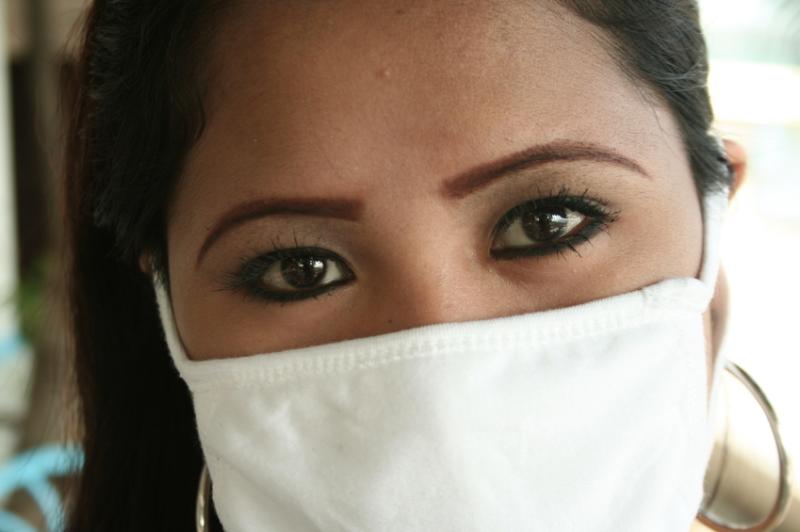COVID-19 guidelines lack details, neglect vulnerable people





Methodological weaknesses and neglect of vulnerable groups, such as older people, have been found in some guidelines produced early in the coronavirus disease 2019 (COVID-19) pandemic, according to the results of a rapid review.
“This review has lessons for clinicians, stakeholders, and governments facing future outbreaks,” the researchers said. “A flexible yet robust method of producing guidelines during an emergency is needed, recognizing the contingent nature of the evidence while guaranteeing essential methodological rigour and providing a mechanism for regular review.”
The following databases were searched from inception to 14 March 2020: Medline, Embase, Global Health, Scopus, Web of Science Core Collection, and WHO Global Index Medicus.
Included were clinical guidelines for the management of COVID-19, severe acute respiratory syndrome (SARS), and the Middle East respiratory syndrome (MERS) produced by international and national scientific organizations and government and nongovernmental organizations relating to global health, with no exclusions for language. Only the earliest version was included in the review. Regional or hospital guidelines were excluded.
Of the 2,836 studies identified, 2,794 were excluded after screening. Forty-two guidelines met the eligibility criteria, with 18 being specific to COVID-19. In general, clinical guidelines were short of details and covered a narrow range of topics. [BMJ 2020;369:m1936]
There were also variations in recommendations, such as those concerning the use of antiviral drugs. The overall quality was poor, particularly in the domains of stakeholder involvement, applicability, and editorial independence. Clear links between the evidence base and recommendations throughout the guidelines globally were also lacking (ie, the strong discouragement of steroids or antimicrobials use).
In addition, the guidelines made minimal provisions for vulnerable groups, such as pregnant women, children, and older people.
Interestingly, all of the COVID-19 guidelines identified in this review were created in high-income or upper middle-income countries and include assumptions about technology that may not be realistic in low-income settings.
“We suggest three components that are crucial for the production of emergency guidelines,” the researchers said.
First, guidelines made in an emergency must be treated as “living” guidelines and produced with set, transparent timelines for revision and amendment. Second, guidelines made in an emergency must use a transparent framework for weighing the strength of their recommendations, so that users can understand the mechanism by which these have been made in uncertainty.
Finally, guidelines generated in an emergency should undergo an external review using a validated tool, such as AGREE II, to highlight areas in which they are vulnerable and to allow the authors to correct faults in future revisions of their “living” guideline.
“Our review found comprehensive guidelines already written for related respiratory infections,” the researchers said. [Med Intensive 2012;36:103-137; Thorax 2007;62(Suppl 1):1-46; Clin Microbiol Infect 2011;17(Suppl 6):1-24]
“Building on established guidelines and adapting them could become a key part of any future emergency pandemic response,” they added.